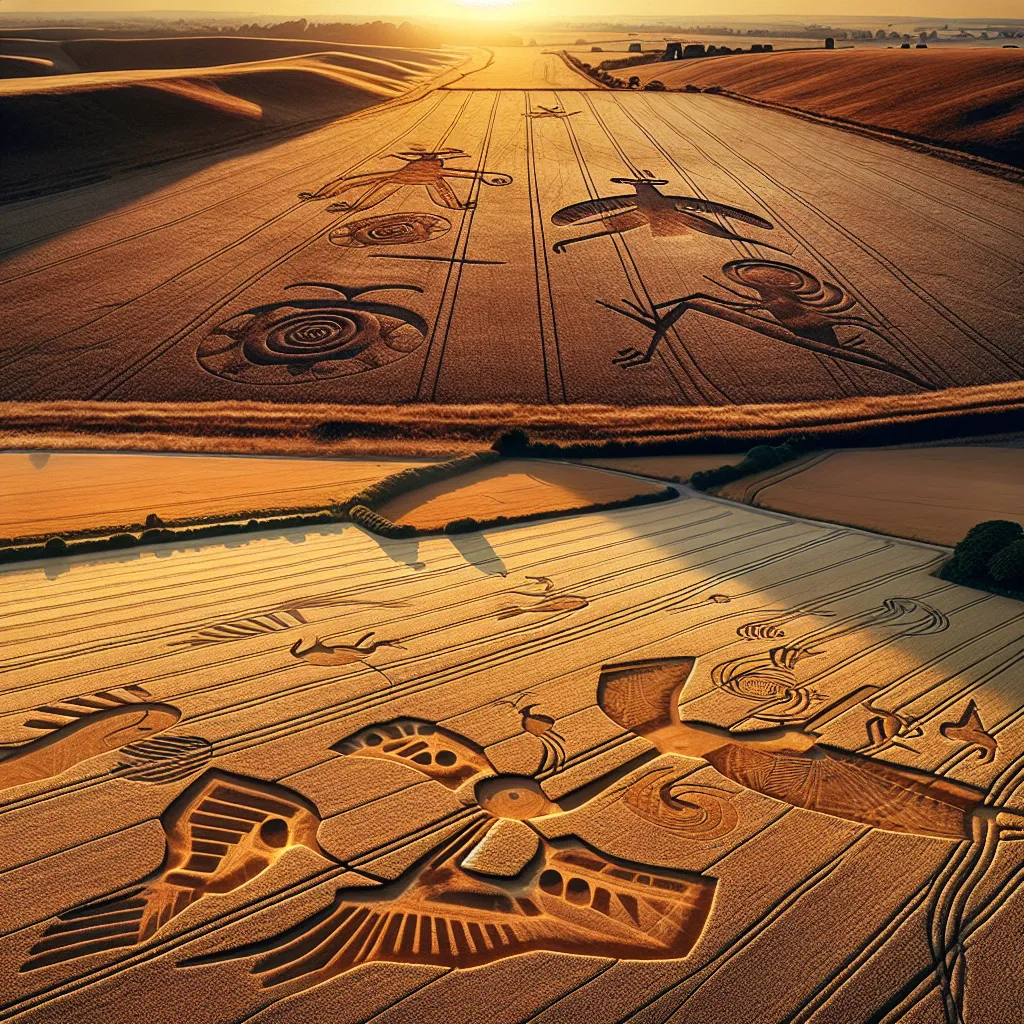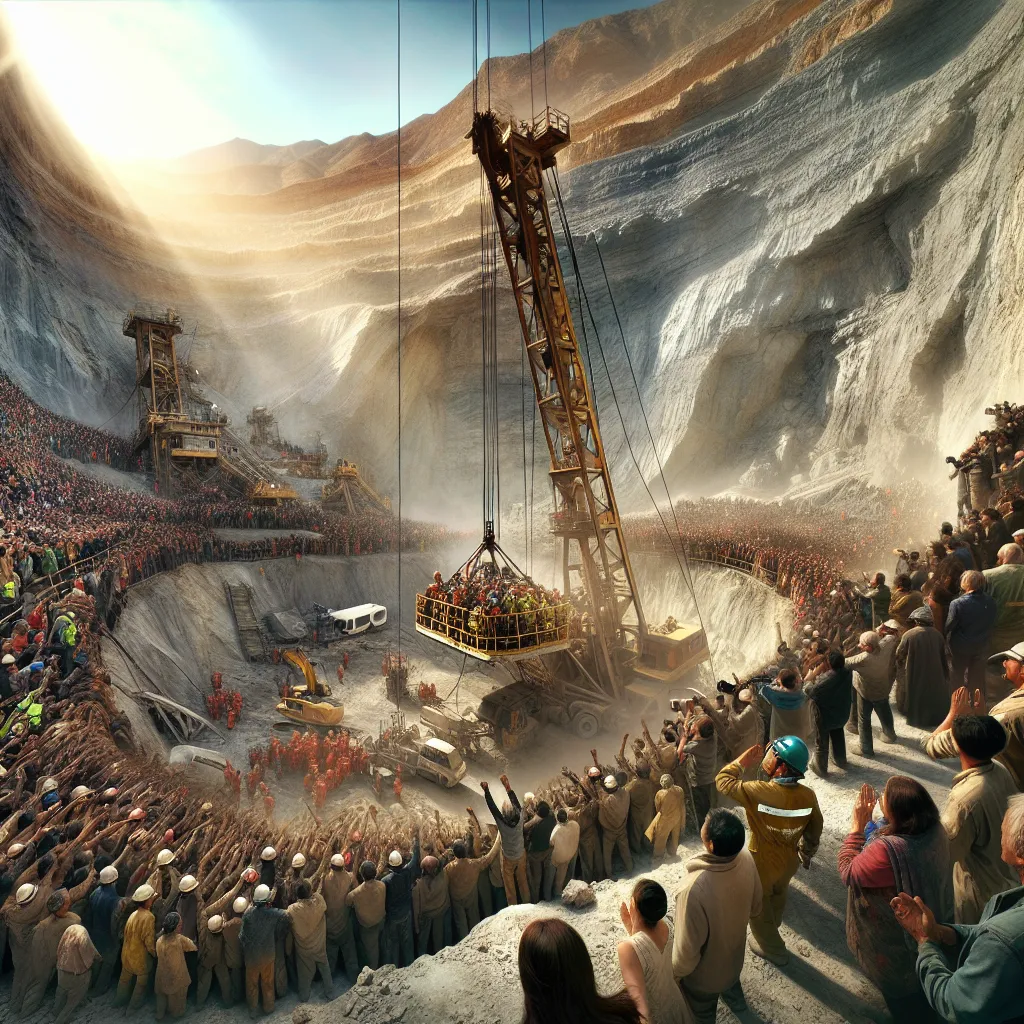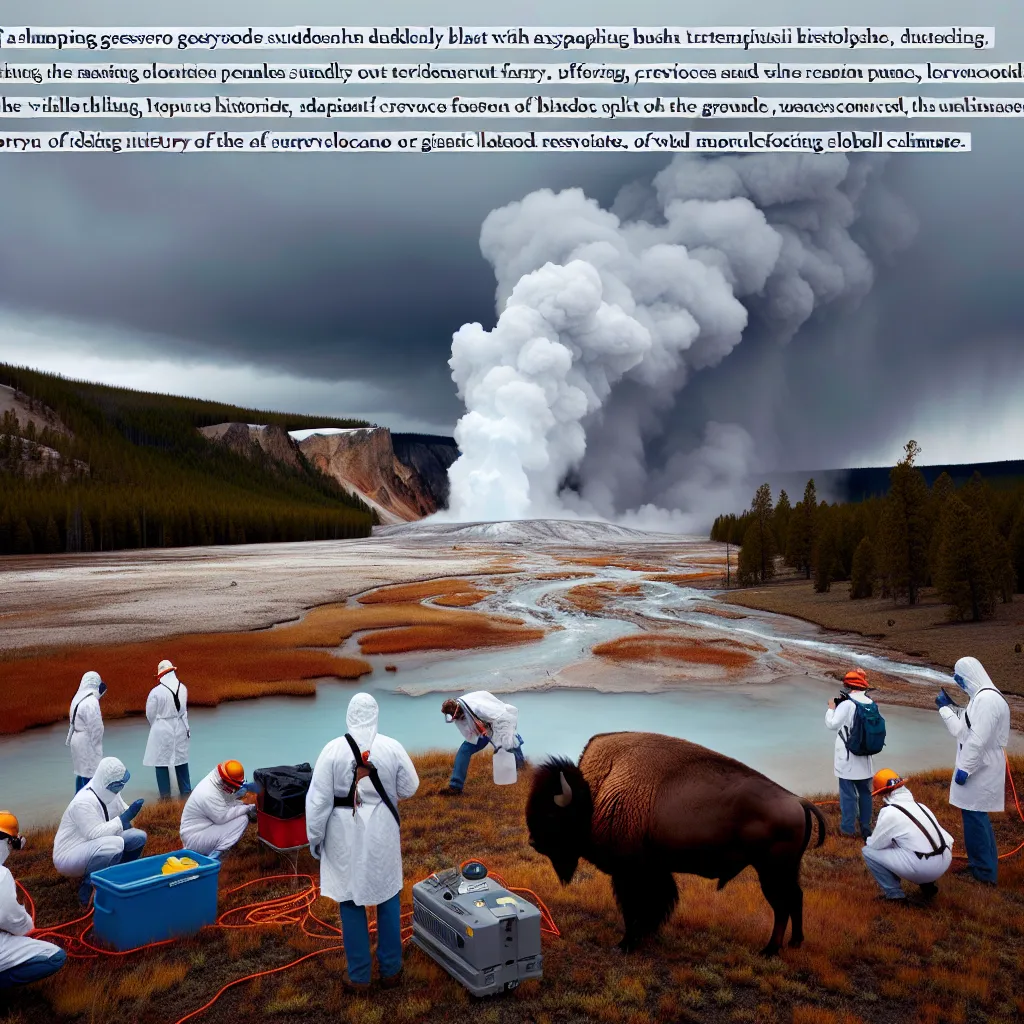Peru in South America is home to an ancient marvel, the Nazca lines, which were etched into the plains of the driest desert on earth around 2,000 years ago. These enigmatic geoglyphs have evolved into major tourist attractions, drawing visitors from across the globe. Similarly, in England, the mysterious crop circles have garnered much attention. Though monumental structures like Stonehenge are well-known, the sudden appearance of intricate crop circles in the surrounding countryside continues to perplex and attract enthusiasts.
Crop circles, those perfect shapes twisted and flattened into fields, have been feared and revered for centuries. They were once considered the devil’s work, illustrated as “Satan mowing his corn.” But in modern times, their numbers and complexity have increased. The greatest concentration of these phenomena is found in Wiltshire, England, around 100 miles southwest of London, a landscape rich with ancient history and dotted with wonders like the 5,000-year-old Stonehenge.
One of the most spectacular crop circles appeared overnight in August 2001 on Milk Hill. Measuring 1,500 feet in diameter, the intricate design comprised hundreds of smaller circles arranged in an elaborate spiral. Paragliders spotted it the next day, and its discovery drew thousands of curious visitors. Farmer Brian Reid, on whose land the circle appeared, noted the strangeness of its precise and symmetrical creation, hinting at something other than human craftsmanship.
Byron Reese, a former policeman turned crop-circle expert, has examined over a hundred of these formations. Reese suspects variations in magnetic fields could be a cause, likening them to iron filings demonstrating magnetic patterns in school science experiments. This theory aligns with magnetic field anomalies detected using modified metal detectors.
Further away, in Peru, the ancient Nazca lines present a different kind of enigma. Located in the desert, 275 miles south of Lima, this area receives less than an inch of rain every 20 years. Yet, it attracts scientists and tourists alike. Visible only from the air, these vast shapes include animals like hummingbirds and monkeys, etched into the desert floor by removing the dark top layer of rocks to reveal the light sand beneath.
Deciphering the lines has puzzled many. Maria Reiche dedicated her life to proving their astronomical significance, believing they marked solstices and other celestial events. Meanwhile, alternative theories suggest they were runways for ancient aliens, as posited by Erich von Däniken in his book “Chariots of the Gods.” Despite these varied ideas, modern research using 3D aerial photography has revealed the evolution of the designs over centuries, from wavy lines and spirals to larger geometric shapes.
The builders of the Nazca lines, a civilization that flourished 2,000 years ago, left no written records. However, excavations at sites like Cahuachi, a religious center, uncovered their sophisticated culture. The site near Nazca, now a major tourist spot, shows the Nazca’s elaborate burial practices, with mummified bodies, pottery, and textiles featuring the same designs as the lines, reinforcing the link between the culture and the geoglyphs.
One exciting theory about why the Nazca lines were created comes from David Johnson, a research associate at the University of Massachusetts. He suggests that the lines point to underground water sources essential for survival in the arid desert. His studies indicate that the Nazca people possibly used these lines to mark the locations of hidden aquifers, vital for their agriculture and daily life.
Despite modern technologies, many original aqueducts built by the Nazca people still function today, showcasing their impressive engineering skills and understanding of their environment. Johnson’s insights into the lines being a part of an ancient water utility map resonate with how modern maps chart essential resources, only the Nazca’s was on a grander, one-to-one scale across the desert.
These remarkable works of art—Nazca lines and crop circles—not only illustrate ancient and modern mysteries but also sustain vibrant tourism industries. With a quarter of a million people visiting the Nazca lines in recent years, the site now enjoys World Heritage protection, ensuring its enduring allure for future generations.






